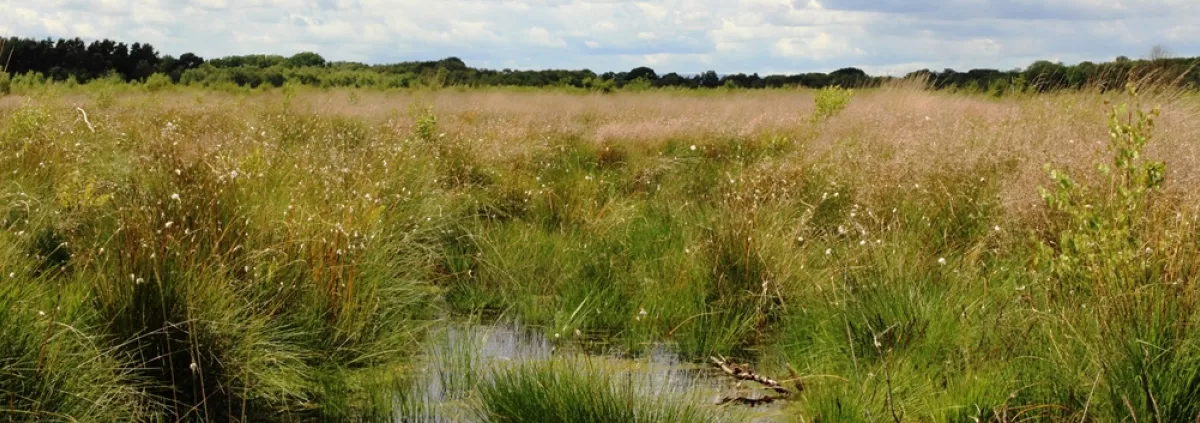Formed at least 10,000 years ago, peat bogs are a major store of carbon, helping to mitigate the effects of climate change, while providing homes for a wide range of wildlife, many unique to this habitat while also providing a nature-based solution to excess groundwater by slowing the flow downstream and absorbing up to 90% of water.
Severely damaged by drainage, afforestation, and peat cutting, many of the U.K's peatland habitats are undergoing restoration work to rejuvenate these important habitats. The Marches Mosses BogLIFE project is one such example. One of Britain’s largest lowland raised bogs at Fenn’s, Whixall & Bettisfield Mosses National Nature Reserve (NNR), and Wem Moss NNR near Whitchurch, on the Shropshire/Wrexham border, the project, a partnership between Shropshire Wildlife Trust, Natural England, and Natural Resources Wales, is a superb demonstration of natural flood management and nature recovery.
Over 2,500 acres of the Marches Mosses and surrounding peat edge (‘lagg’) are being restored. Additional aims of the BogLIFE project include:
- removal of invasive scrub and trees
- retention of more rainwater in the centre of the Mosses
- recreation of bog on marginal fields
- control of air and water pollution and ongoing clean-up of the former scrapyard site on the edge of Whixall Moss
- increase accessibility for visitors by improving interpretation and access, including a wheelchair-accessible bird hide
- running volunteering programs and holding community events
